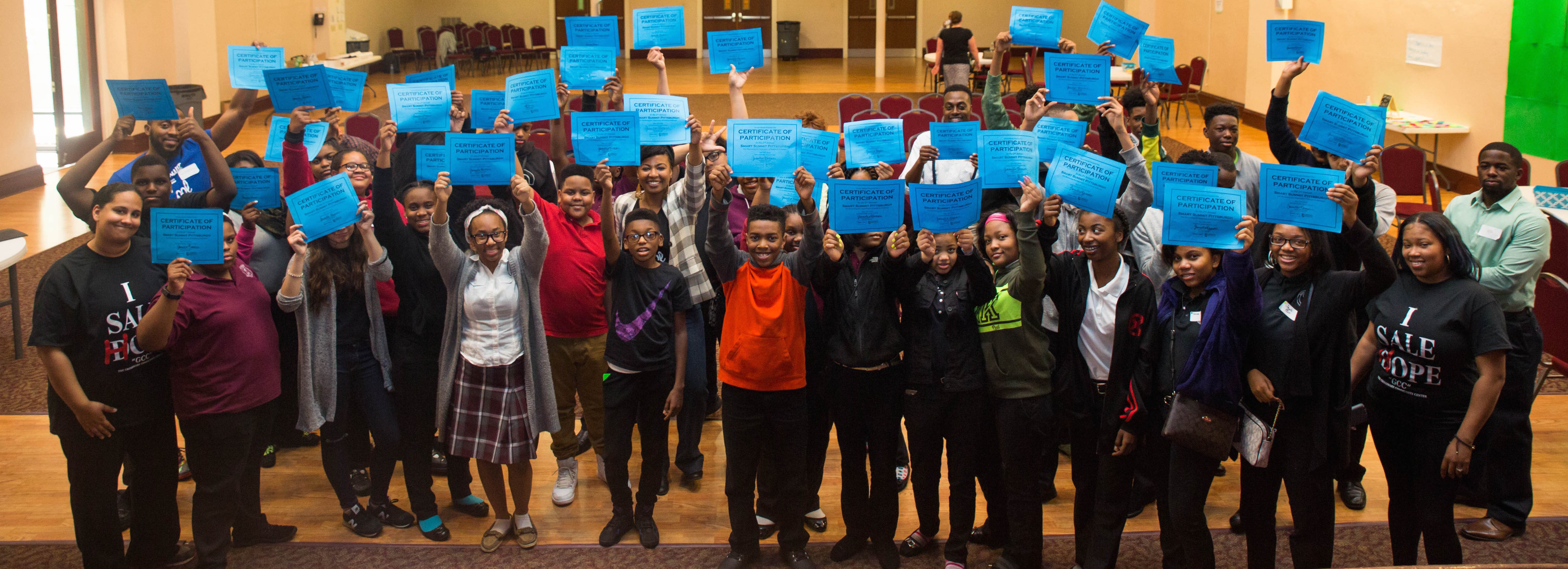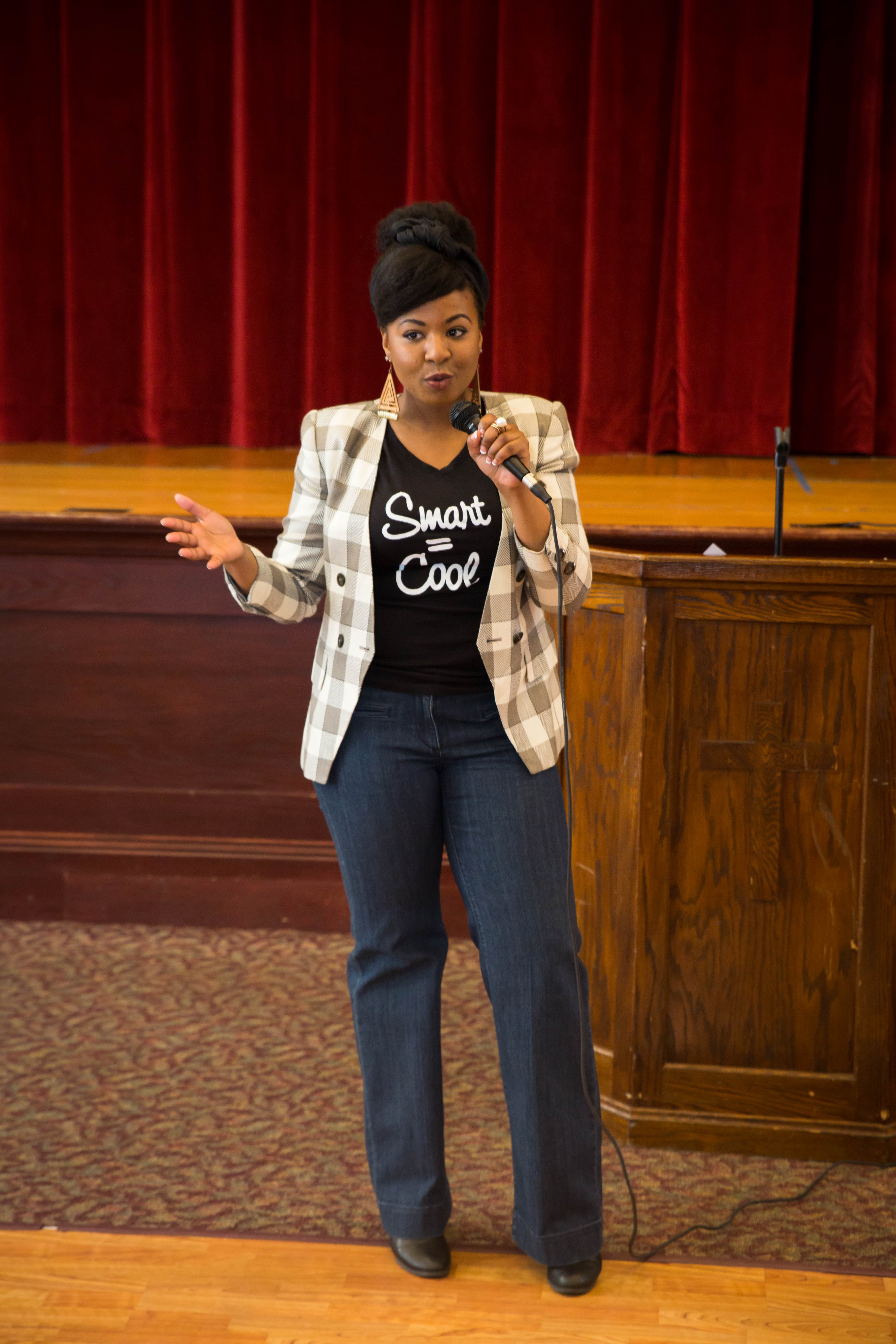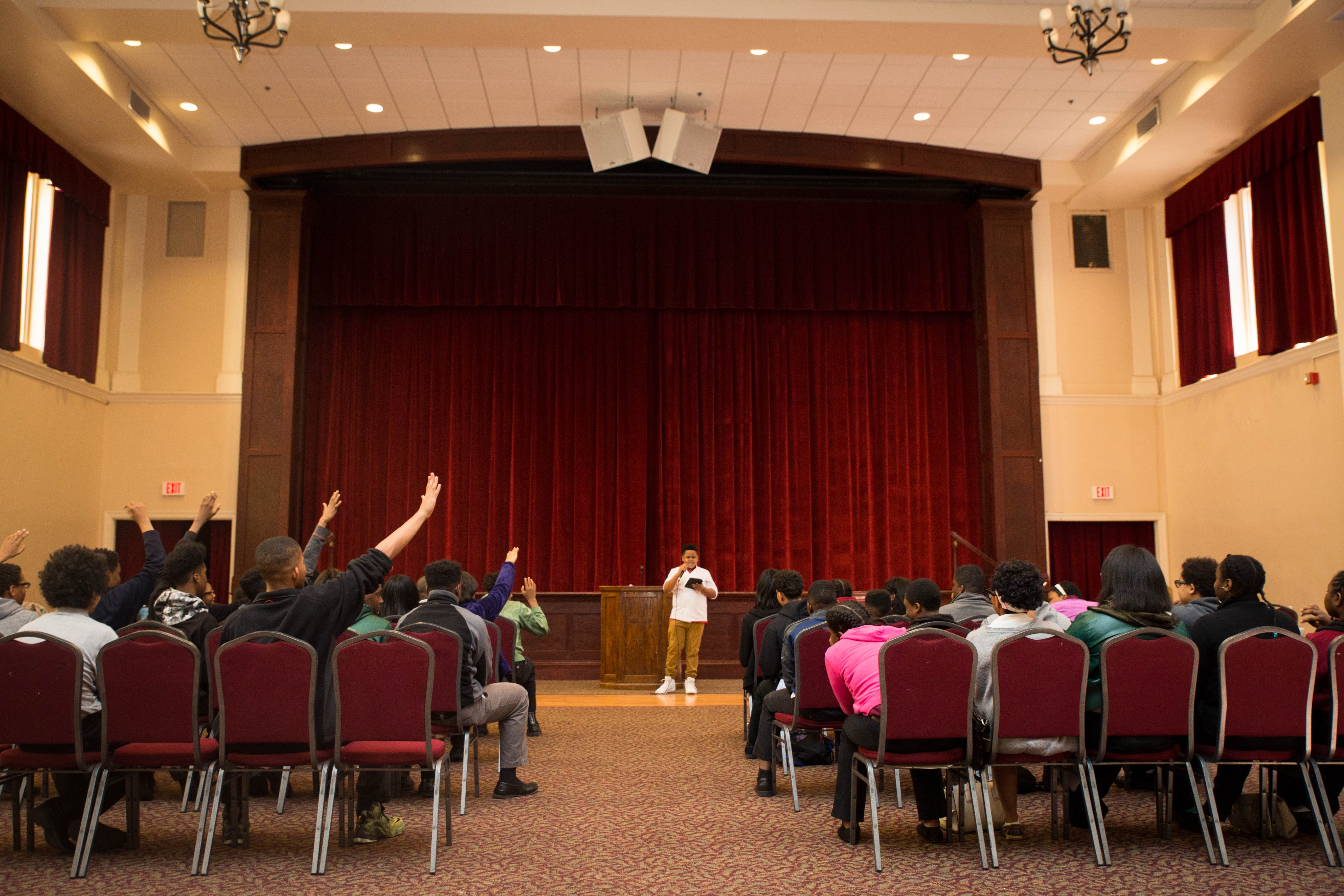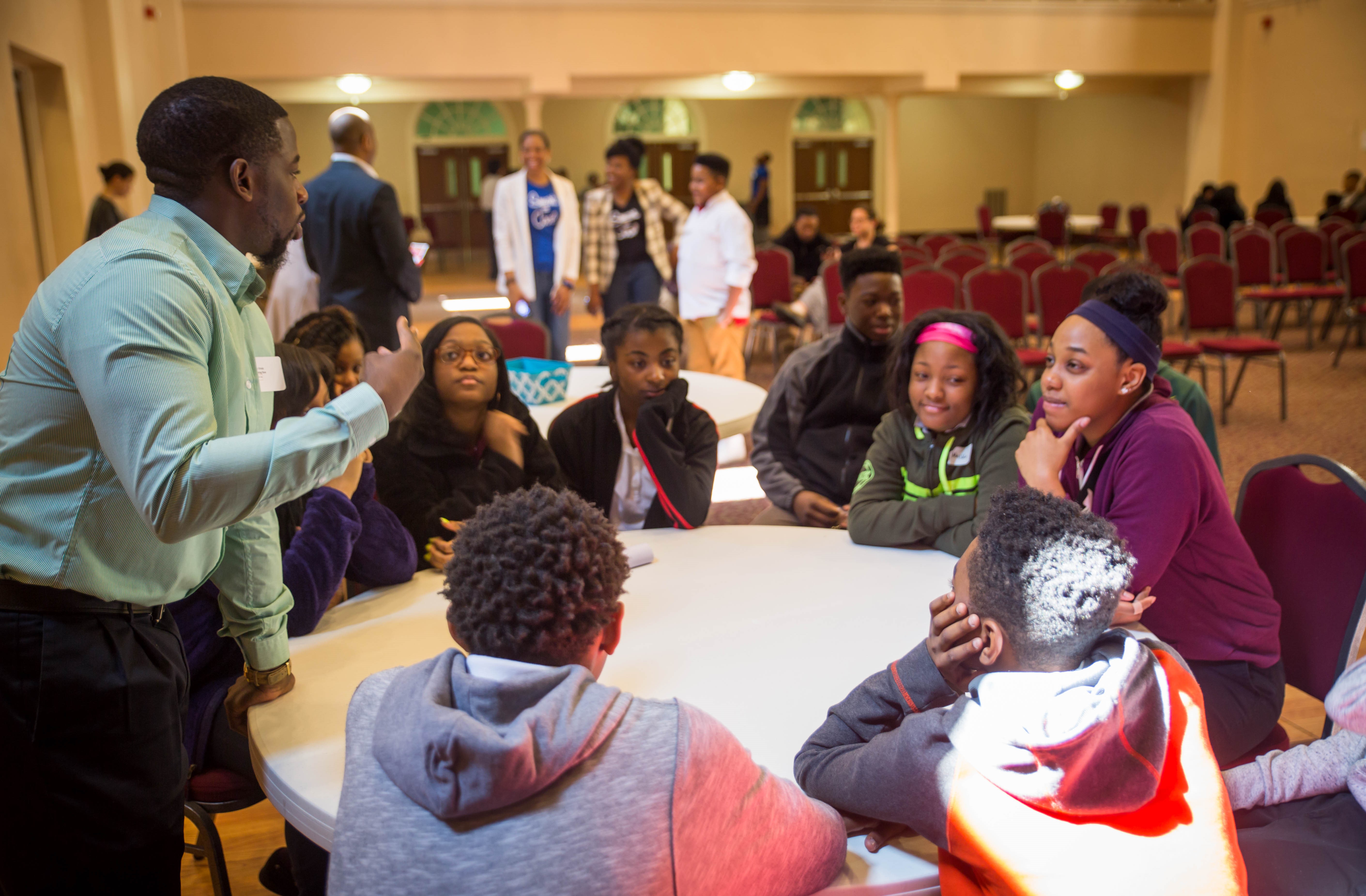It is pretty easy to tell vague anecdotes that depict glowing solutions, smooth processes, and smiling faces. I am speaking to you, blissful, passionate, newly minted social entrepreneurs in the non-profit sector. You are my people.
It is much harder to convey our long-term commitment to communities, prove that the work we do is impacting its intended audience in a meaningful way, and design programming with scalability in mind. We tend to rush this part.
We drink coffee, or in my case, three bags of black tea in a single mug steeped for far too long. We have meetings with well-meaning agendas. We have staff retreats. We host panels and 2-hour workshops that start at 5:30 PM.
We do all of this in the name of improving our programme design, delivery and evaluation. The problem is we often exclude what I argue is a key portion of making all of these measures sustainably effective: risk-taking.
Why? Because for many of us, taking a programme design, delivery or evaluation risk is synonymous with taking a funding risk. As a sector, we have become too dependent on large grants. By doing so, we have greatly stunted our collective potential to create something truly impactful, and have perpetuated the belief that these sources of funding are essential to becoming sustainable. In exchange for rethinking how we can capture outcomes and not just outputs, we claim responsibility for moving students up “one grade level” by the end of the academic year, while halfway crossing our fingers and praying no one notices that we are only one slice of the solution and not the whole pie.
No finger pointing intended here. I too have oversimplified the intended impact of my work into perfected industry-standard phrases for educators. ‘Redefine the culture of achievement’ just has a ring to it.
In order to keep our funding, our sector tends to glamorise the data. While our friends in tech and other for-profit ventures are financially encouraged to perfect their design through multiple iterations, we are often frowned upon if our initial plans do not resemble the final results. Dan Pallotta has strong feelings about this.
Fortunately, there is a way around consistently-budding social entrepreneurs. To put it simply, provide your program’s initial investment without a funder.
How do you do this, I hear you ask? Here’s how: raise support to get things done. Crowdrise and GoFundMe are two of the most popular platforms to get started. This type of support gives you the freedom to try, fail, adjust, and try again.
These platforms also let you respond to the data in real time. You can listen, and I mean really listen to your audience, and then react to any feedback. You can be transparent about the fact that while you thought you could collect 2 million pencils in three months, pencil collecting does not always work that way. You can set enormous goals undaunted by the fear of losing the trust of a funder. This reason alone is enough to at look into these platforms.
At my non-profit organization, Internationally Smart Is Cool, we continue to see the benefits of using this strategy. After personally working in the non-profit sector for 8 years, and observing the tendency towards cautious innovation due to funding constraints, I decided to push our team to fund the majority of our initial programming through grassroots efforts. We did this until a solid model that could be presented to prospective funders was formed- it’s working.
To be clear, I’m not advocating against grants and sponsorships. In recent months, we were fortunate to receive donations from several sources. What I am saying is that your first move after birthing an idea should not be to look for funding, it should be to develop that idea as much as you can on your own. Smooth out as many kinks as possible, then approach a funder.
Using this philosophy, we were able to develop and implement pretty cool initiatives over the last year. These include the #2MillPencils Drive and #SmartSummitPGH. Both were started, tweaked, and sustained with community support until they were solid enough to engage funders. I understand the argument that this approach is too challenging to implement all the time. However, I’d respond by saying this: if we are truly committed to starting, scaling and impacting the world the way we say we are, we should also be committed to putting some skin in the game. During the One Young World conference, Kofi Annan said, “Bigness has nothing to do with greatness. If you have great ideas and you put them forward, the others will listen to you.” Do not let the absence of funding become your excuse to wait. Take a risk and start right now.
One Young World reinforced just how little is required to start something big. I have been fortunate to stay in touch with delegates from Trinidad and Tobago, The Gambia, the UK, and Nigeria. We discuss everything from impact investing to strategies for international collaboration. While our interests are vastly different, we push each other to keep striving, to keep risk taking, and to keep reimagining.
I challenge each of you to do the same. What risks are you taking whilst striving to create long-term change? Find me on social media @jamilliakamara, or shoot an email to [email protected]. I promise to share, like, or re-tweet what you are working on!
Photos taken at the 2nd Annual #SmartSummitPGH by Njaimeh Njie.



